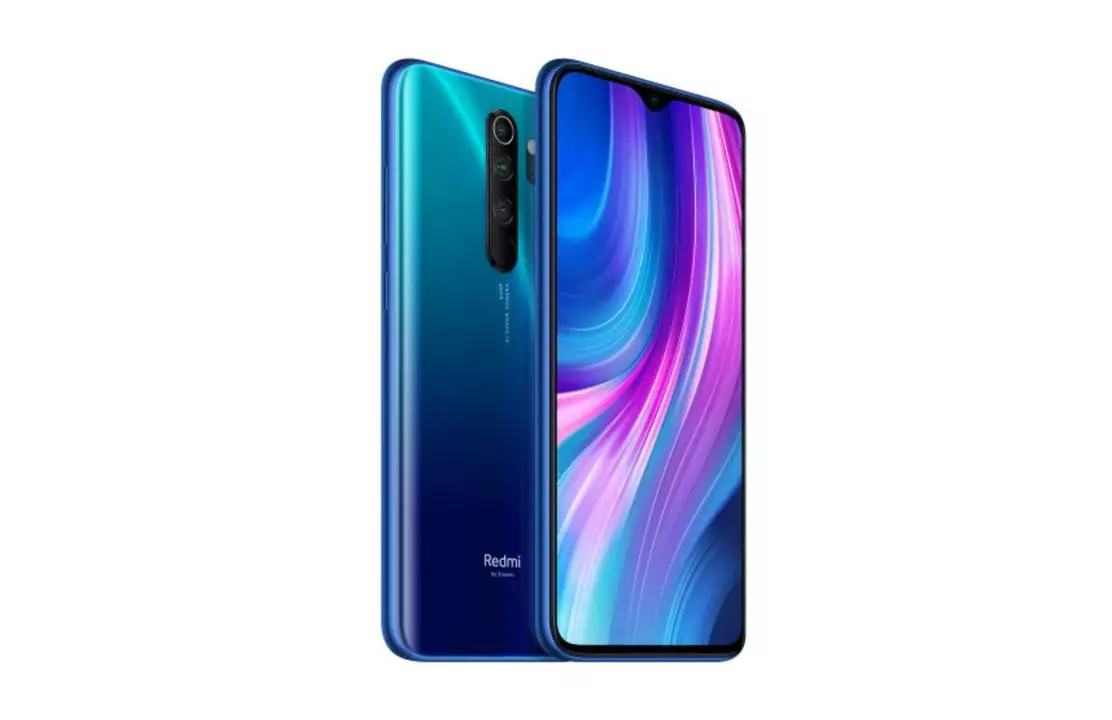Explore Essential Features of Leading Software Solutions
When you’re hunting for a new app or platform, the first thing you look at is what it actually does. Features are the meat of any software – they tell you if the tool can solve your problem, save you time, or make a task easier. In this guide we’ll cut through the jargon and show you how to spot the features that matter most, compare them side‑by‑side, and pick the right fit for your needs.
Why Features Matter
Features aren’t just a checklist; they’re the practical benefits you’ll experience every day. A project‑management tool might brag about “real‑time collaboration,” but what does that look like in practice? It could mean you and your teammates can edit tasks at the same time, see updates instantly, and avoid version confusion. Without that feature, you might end up juggling multiple spreadsheets.
Another reason features count is scalability. A small‑business CRM that handles 100 contacts works fine today, but will it still be smooth when you hit 10,000? Look for features like bulk import, custom fields, and automation – they keep the tool from slowing down as you grow.
How to Evaluate Software Features
Start with a clear list of must‑haves. Write down the core problems you need solved, then match each problem to a feature. For example, if you need to generate invoices quickly, a built‑in invoicing feature beats a clunky manual export.
Next, test the features yourself. Most platforms offer a free trial or a live demo. Dive into the interface, create a sample project, and see if the feature feels intuitive. If the learning curve is steep, you’ll waste time later.
Don’t forget integration. A great feature can become useless if it can’t talk to the other tools you already use. Check whether the software integrates with your email, calendar, or accounting system. Seamless integration turns isolated features into a smooth workflow.
Finally, read real‑user reviews. Look for comments about feature reliability, support, and updates. Users often point out hidden drawbacks – like a reporting feature that crashes on large data sets – before you encounter them.
By following these steps, you’ll move beyond buzzwords and pick software that truly fits your workflow. Remember, the best tool is the one that aligns with your daily tasks, scales with your growth, and stays reliable under real‑world use.
Ready to start? Browse our curated list of top software solutions, each broken down by the most important features, and find the perfect match for your project today.
How is Xiaomi Redmi Note 8 smartphone?
Posted by Aarav Khatri on Apr, 30 2023

I recently got my hands on the Xiaomi Redmi Note 8 smartphone and I must say, it's quite impressive. The phone sports a sleek design with a 6.3-inch Full HD+ display, making it perfect for binge-watching my favorite shows. The quad-camera setup on the back captures stunning photos and the 4000mAh battery easily lasts me a full day. Performance-wise, the Redmi Note 8 handles multitasking and gaming smoothly, thanks to its Snapdragon 665 processor. Overall, I think it's a fantastic budget-friendly smartphone that offers great value for the price.